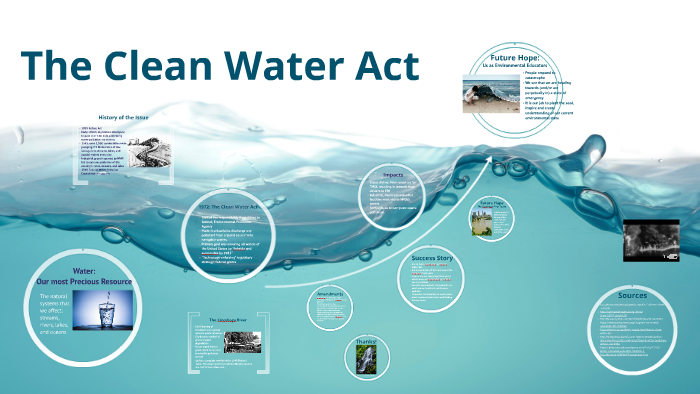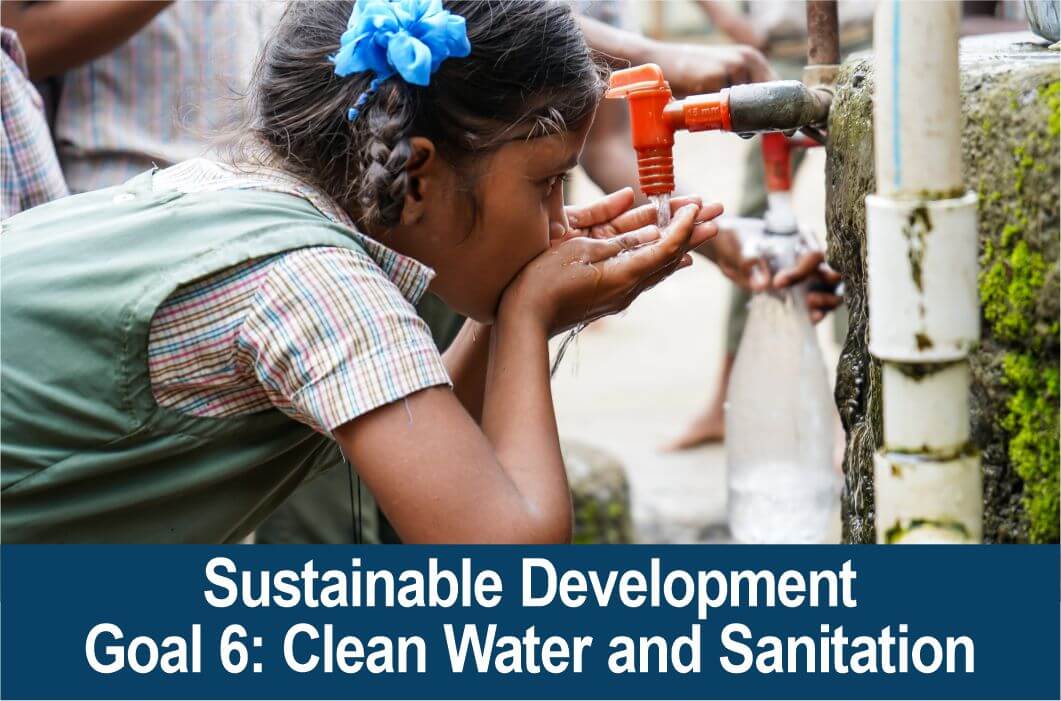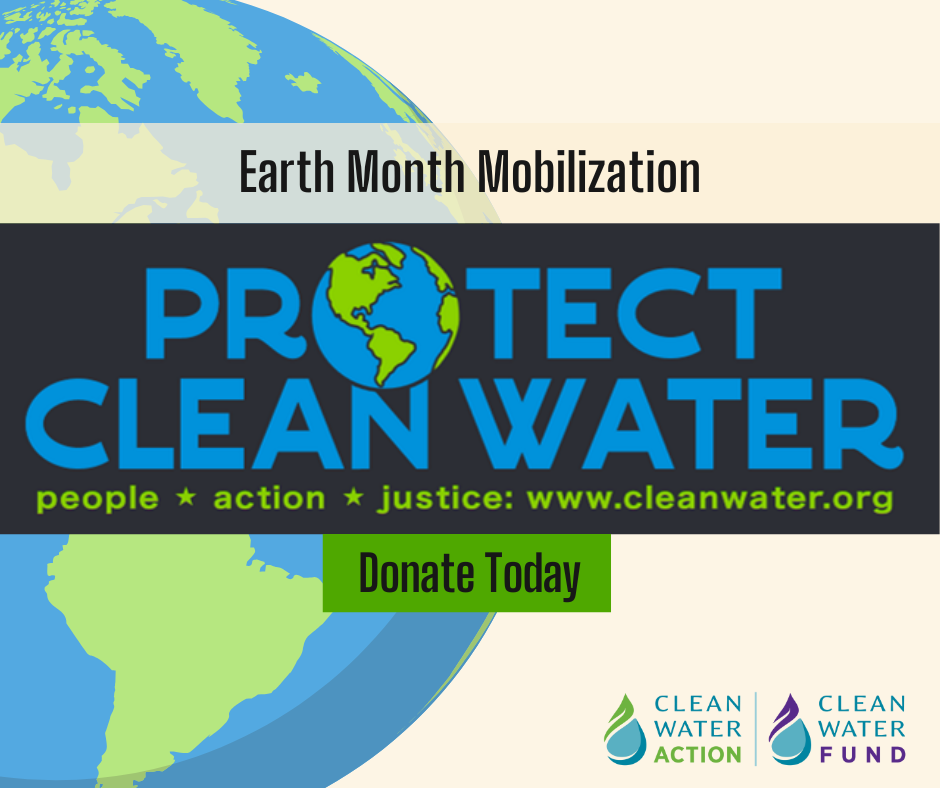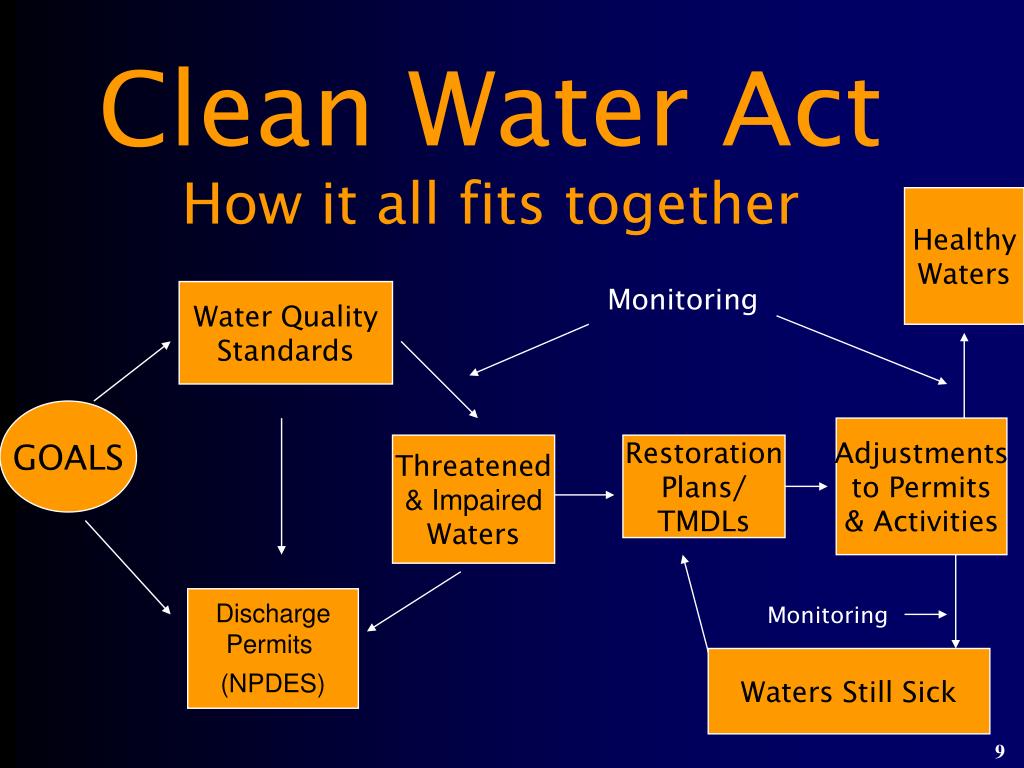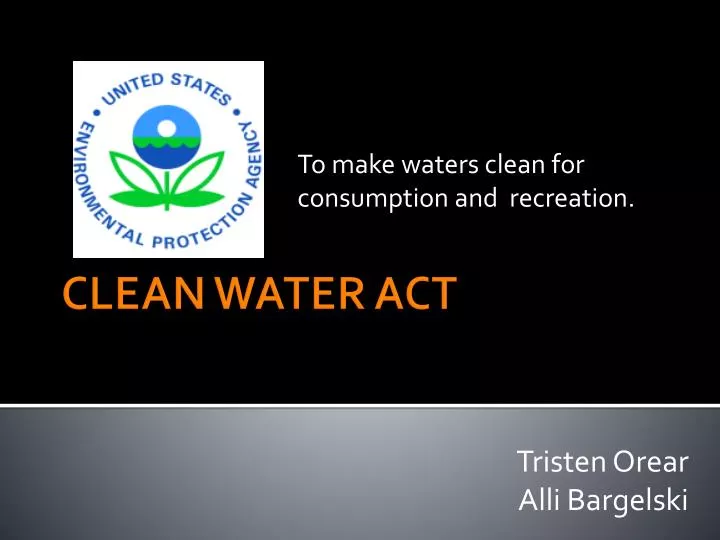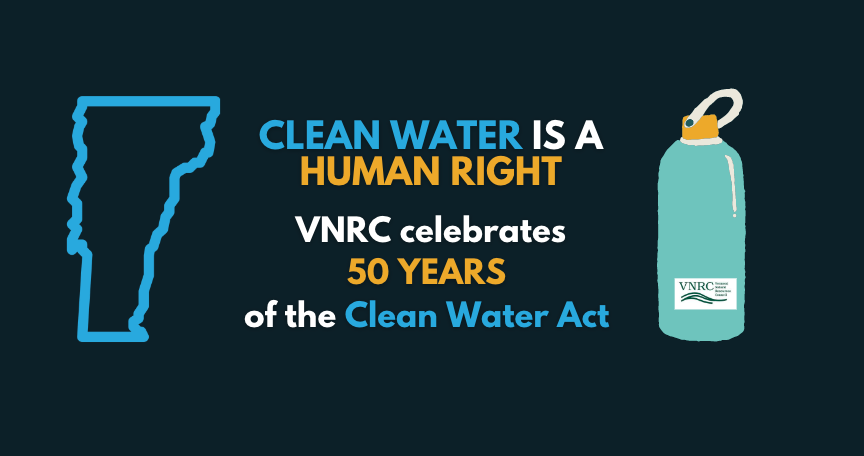How Can The Clean Water Act Best Promote Health
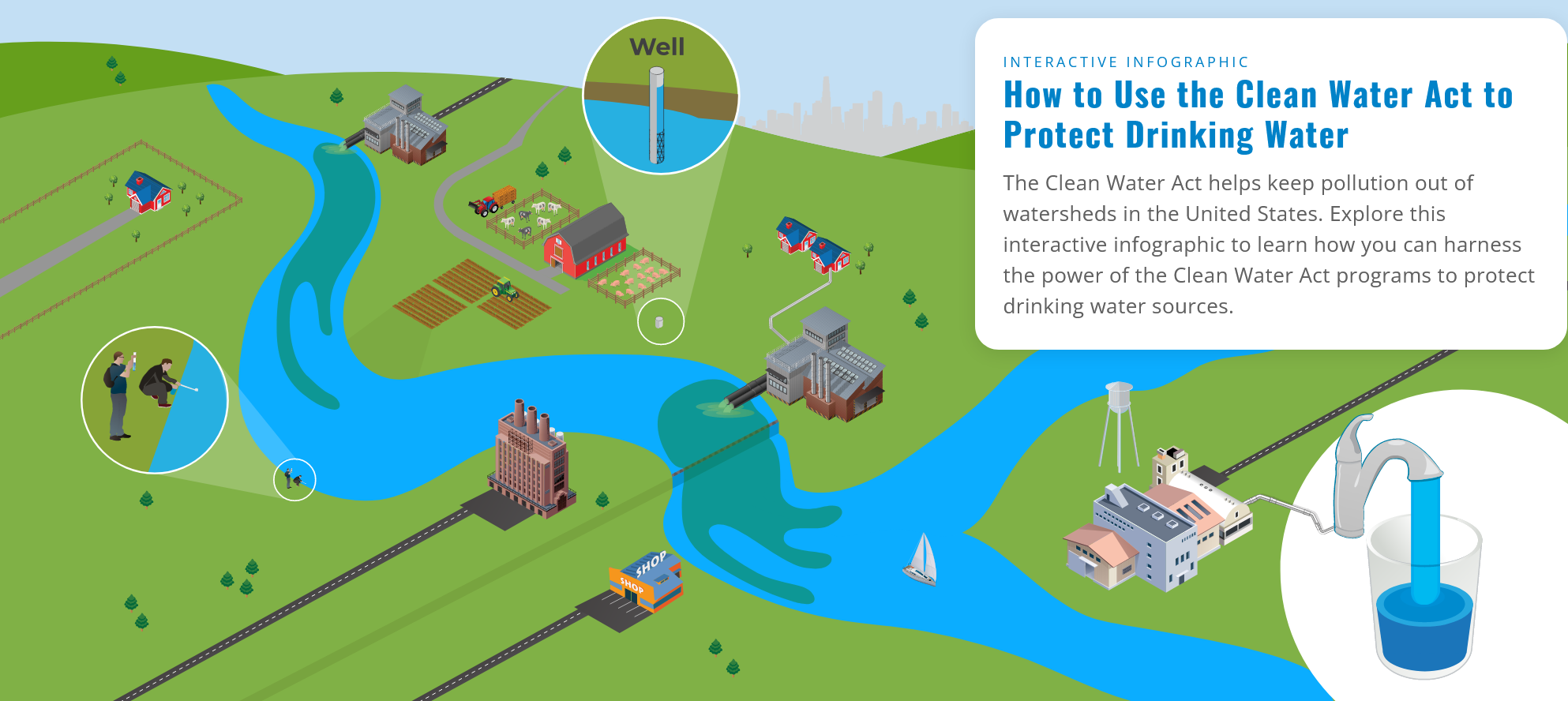
The Clean Water Act (CWA), a cornerstone of environmental legislation in the United States, faces ongoing scrutiny regarding its effectiveness in safeguarding public health. While the CWA has undeniably improved water quality since its enactment in 1972, challenges remain in addressing emerging contaminants, nonpoint source pollution, and aging infrastructure. Experts and policymakers are actively debating how to best leverage the CWA to achieve optimal health outcomes for all communities.
The central question is not whether the CWA is valuable, but how it can be modernized and strengthened to meet the evolving threats to clean water. This involves re-evaluating its regulatory framework, prioritizing investments, and fostering collaboration among various stakeholders. The ultimate goal is to ensure that everyone has access to safe, clean, and affordable water for drinking, recreation, and other essential uses.
Understanding the Clean Water Act's Impact on Health
The CWA aims to protect the chemical, physical, and biological integrity of the nation's waters. It primarily regulates point sources of pollution, such as industrial discharges and sewage treatment plants, through a permit system known as the National Pollutant Discharge Elimination System (NPDES). This has significantly reduced the amount of pollutants entering waterways, leading to improved water quality and reduced risks of waterborne diseases.
However, the CWA's focus on point sources has left nonpoint source pollution largely unaddressed. Nonpoint source pollution, which includes runoff from agriculture, urban areas, and forestry, is a major contributor to water quality impairment. It carries pollutants like fertilizers, pesticides, and bacteria into rivers, lakes, and streams, posing significant health risks.
Moreover, the aging water infrastructure in many cities presents a constant threat. Leaks and breaks in water pipes can lead to contamination and water loss, disproportionately affecting low-income communities. The Environmental Protection Agency (EPA) estimates that hundreds of billions of dollars are needed to upgrade the nation's drinking water and wastewater infrastructure.
Strengthening the Clean Water Act for Improved Health Outcomes
One key strategy for enhancing the CWA's impact on health is to strengthen regulations on nonpoint source pollution. This could involve implementing best management practices for agriculture, promoting green infrastructure in urban areas, and providing financial incentives for landowners to protect water quality. Some states have already implemented successful nonpoint source pollution control programs, demonstrating the feasibility of this approach.
Another critical step is to address emerging contaminants, such as pharmaceuticals and per- and polyfluoroalkyl substances (PFAS), which are increasingly found in drinking water sources. These contaminants are not currently regulated under the CWA, and their potential health effects are still being studied. The EPA is actively researching these contaminants and developing strategies to mitigate their risks.
Investing in water infrastructure is also crucial for ensuring safe and reliable water supplies. Federal funding programs, such as the Clean Water State Revolving Fund, can help communities finance infrastructure upgrades. Prioritizing investments in disadvantaged communities is essential to address historical inequities in access to clean water.
The Role of Collaboration and Community Engagement
Effective implementation of the CWA requires collaboration among federal, state, and local agencies, as well as active engagement from communities. Local communities often have the best understanding of their water resources and the challenges they face. Their input is essential for developing effective and equitable solutions.
Environmental justice considerations must be central to any efforts to strengthen the CWA. Low-income communities and communities of color are disproportionately burdened by water pollution and lack of access to clean water. Addressing these disparities requires targeted investments and community-led initiatives.
Community science initiatives, where local residents collect and analyze water quality data, can empower communities to monitor their water resources and advocate for change. These initiatives can also help build trust between communities and government agencies.
A Human-Interest Perspective: Ensuring Safe Drinking Water for All
The stakes of ensuring clean water are deeply personal for many Americans. Consider the families in Flint, Michigan, who were exposed to lead-contaminated water for years, suffering devastating health consequences. Their experience highlights the urgent need for proactive measures to protect drinking water and prevent similar tragedies from happening in other communities.
Or consider the farmers who rely on clean water for irrigation and livestock, and who are also stewards of the land. By working with farmers to implement sustainable agricultural practices, we can protect water quality while supporting a thriving agricultural sector.
The story of the CWA is not just about regulations and policies; it's about the health and well-being of individuals and communities. It's about ensuring that everyone has access to the most basic necessity of life: clean water.
Moving Forward: A Path Towards a Healthier Future
The Clean Water Act has made significant strides in protecting our nation's waters, but there is still much work to be done. By strengthening regulations, investing in infrastructure, and fostering collaboration, we can leverage the CWA to achieve even greater health benefits.
Prioritizing environmental justice, addressing emerging contaminants, and engaging communities are essential steps towards a healthier and more equitable future. The ongoing dialogue and collaborative efforts of scientists, policymakers, and community members will guide the future of the Clean Water Act and help ensure that all Americans have access to safe and clean water.
Ultimately, a renewed commitment to the principles and goals of the Clean Water Act is necessary to protect public health and ensure a sustainable future for all.

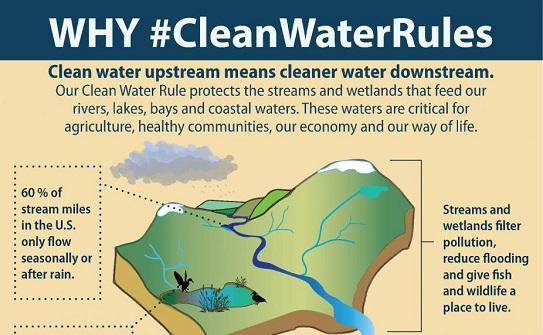



.png)
